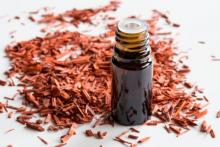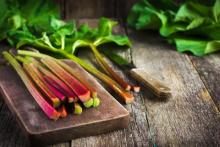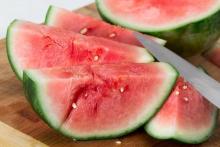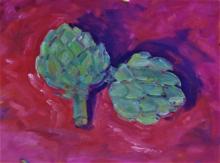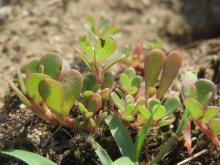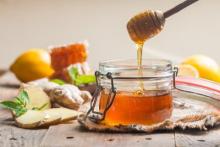Mother Earth's Medicine Cabinet: Swimmer's Ear - How To Treat It Holistically
Swimmer’s Ear, also known as Otitis externa, is pretty common during the summer months simply because more people are in and around water. Swimmer’s ear is actually an infection that occurs in the outer ear canal running from your eardrum to the outside of your head. The infection is typically brought on when water enters the ear and becomes trapped inside of the ear canal.


